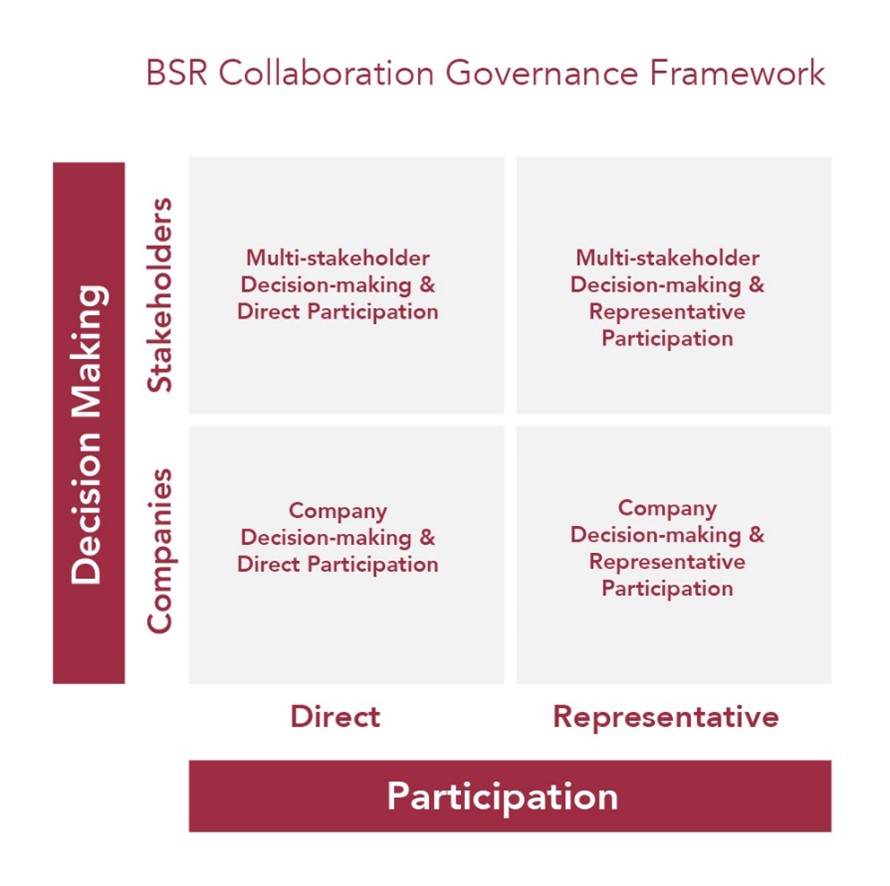
Multi-Stakeholder Collaboration Starts by Resolving Governance Questions
Increased collaboration between business leaders, academics, and politicians is critical for driving impact in sustainable development. The UN Department of Economic and Social Affairs claims such initiatives can “enhance global partnership for sustainable development, complemented by multi-stakeholder partnerships that mobilize and share knowledge, expertise, technology, and financial resources, to support the achievement of the sustainable development goals in all countries, in particular developing countries.”
The number of collaborative initiatives has been increasing steadily since the Rio 1992 UN conference, when the private sector started to address sustainability challenges. In fact, the UN Partnership Platform shows over 6,000 commitments and partnerships made by stakeholders in support of the implementation of the Sustainable Development Goals (SDGs) and other UN commitments.
Businesses, NGOs, and governments cannot drive real change alone due to the complexity of sustainability issues. As such, organizations run into roadblocks when embarking on multi-stakeholder initiatives since each party brings contrasting demands to the table. Common issues include how to set governance, how to work together, the role of each party, and how to make group decisions.
The BSR Collaboration Governance Framework
BSR has developed a framework that can help guide companies on governance structures that respond to the specific needs of each partnership. With over 30 years of experience in designing, implementing, and scaling effective business-led collaborations, we are well positioned to identify best practices and develop multi-stakeholder governance structures.
Governance is an important aspect of collaboration as it enables members and partners to work together. The framework is based on decision-making by either companies or stakeholders and the type of engagement with organizations, either representing themselves or various categories within the collaboration.

The framework applies specifically to business-led collaborations, in which companies can decide whether to open the collaboration and governance seats to other stakeholders. The four models are as follows:
- Multi-Stakeholder Decision-Making and Representative Participation Decisions are made by stakeholders. Participants represent diverse types of stakeholders, usually as part of a large collaboration. An example of this governance model is Better Cotton, in which various stakeholders are represented and all have a decision-making role.
- Company Decision-Making and Representative Participation: Decisions are made by companies in a “decision body,” while participation is based on a diverse group of stakeholders as well as larger groups with corporate control. An example is the Roundtable on Sustainable Palm Oil, in which different stakeholders are represented, but only companies make up the decision-making body.
- Company Decision-Making and Direct Participation: Decisions are made by companies only, given that participants are companies and do not include other organizations. An example of this model is The Fashion Pact, which has companies as members and decision-makers.
- Multi-Stakeholder Decision-Making and Direct Participation: Decisions are made by stakeholders, and participants represent their individual needs rather than as a group. A key example is The Partnership for Global LGBTQI+ Equality, whereby companies and other stakeholders are both members and decision-makers.
This framework will speed up a typically long, heavy process when considering a multi-stakeholder collaborative initiative. The chosen model will respond to the nature of the issues at hand and the appetite for companies and stakeholders to create a democratic and inclusive decision-making system.
A group of our partner organizations used this framework recently to make a critical decision around whether they would continue to be corporate-led or if they were open to multi-stakeholder governance. The framework helped them understand their options. After developing the four framework models with the actual companies and NGOs involved, they were able to see the differences and present the options to business leaders. Ultimately, the group decided to follow a model with multi-stakeholder decision-making and representative participation to guide companies’ actions.
Support to develop this governance framework comes from a multi-year program between BSR and the Swedish International Development Cooperation Agency (SIDA) to promote business-led multi-stakeholder collaboration. We will be sharing further information on best practices for setting up collaborative initiatives and key examples as part of this program.
BSR’s latest sustainability insights and events straight to your inbox.
Topics
Let’s talk about how BSR can help you to transform your business and achieve your sustainability goals.








